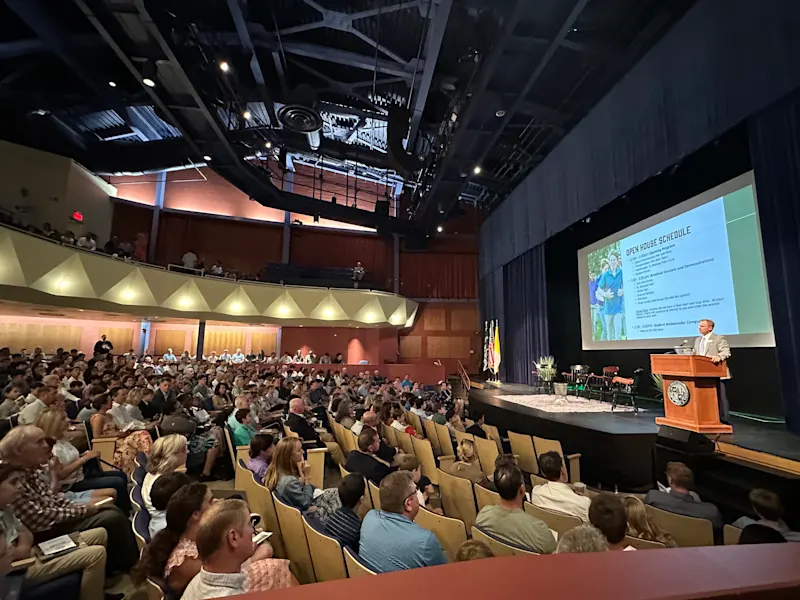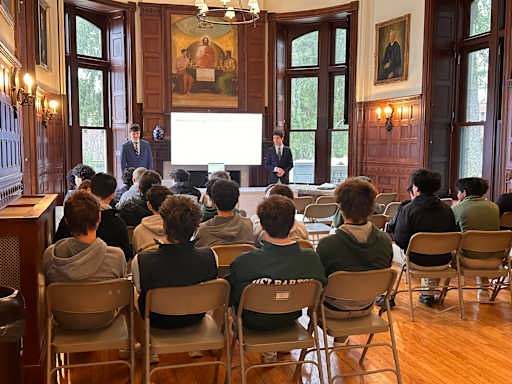Alien(s) Retrospective: Film(s) Review
Standing the Test of Time

courtesy of Wikipedia
January 3, 2023
The first two Alien movies are undoubtedly some of the best science fiction movies ever produced. They still represent a bastion of genre splicing, practical effects, and set design. Ridley Scott directed the first of these films, and he has since become an acclaimed science-fiction and fantasy. Though he has branched out, he will always be known for his revolutionary work in the halls of nerd culture. James Cameron directed the Aliens second movie, adding another acclaimed member of the science-fiction canon to the list. Sigourney Weaver stars as Ellen Ripley, who is still her most famous character.
When Alien and Aliens came out, they each carved a place for themselves in horror history by taking the concept of space travel, previously defined by blond space ninjas and princesses with continental breakfast hair, and focusing on how cramped and horrifying the seclusion of being in space could be.
The first Alien movie, released May 25, 1979, achieved moderate success with a box office of around one hundred million. Though some might call this a win, the production company considered it a flop. In response to its growing popularity, however, they decided to rerelease it. Upon rerelease, Alien was a hit and became one of the highest-grossing horror films of the time. It was also the first horror film that could be considered a blockbuster (besides maybe The Excorcist six years prior). The film tinkered with the idea of space travel, adding a very realistic spin to it, and for the first time, people saw aliens in a different light. Alien wasn’t ET or Close Encounters of the Third Kind; this extraterrestrial was a predator, a far more likely depiction, people realized, of something one might encounter in space. Alien became the first instance since the days of H.P. Lovecraft in which humanity looked up at eternity and realized how dangerous it was and how small we were in comparison. For the first time in decades, cosmic horror (the horror of the unknown) would become popular. Then, ten years later, the sequel was announced. The marketing campaign was brilliant, albeit barely necessary. James Cameron used one letter to draw the entire audience of the first movie back, with change. There were more aliens now, and people were dying to see them. See it, they did, and Aliens blew past Alien at the box office, this time on its first release. It is still in the top twenty highest-grossing horror movies of all time and one of the highest-grossing science-fiction movies. Aliens focused more on the action, and the audience was there for it. With increased scale came increased spectacle and, with a few masterful brushstrokes of direction and writing, an increase in tension.
I recently went back and re-watched these movies, and can confidently say that they are still the masterpieces they were four decades ago.
The first Alien movie is a masterclass in building tension. The atmosphere is perfectly intimidating and only gets more so through a slow build and a stressful, seizure-inducing finale. The set pieces are fantastic, and the camera tricks employed to establish scope make the protagonists’ exploration of a new world seem decades ahead of their time. The horror of Alien is more about being trapped than interacting with a monster, which was a good decision. Every shot seems designed to highlight the claustrophobia of the astronauts’ situation and the terror of what could go wrong. When the alien eventually does escape, the slow buildup makes death and destruction feel like the natural conclusion of the film, and the killings in the last forty-five minutes don’t seem shoehorned or rushed. On the more negative side, while the practical effects presented here are miles ahead of even some used in Star Wars: A New Hope, the introduction of the alien can be a little jarring, as a modern viewpoint pierces the veil. It can be occasionally evident to the contemporary eye that the alien is just pieces of a puppet rather than the organism the writers intended it to be. Tricky camerawork keeps these moments to a minimum, however, and they never ruin the experience. In fact, these edits serve to make Alien more appealing as they exemplify the creativity involved in its production. The ending is wonderfully suspenseful, and the unexpected twists heighten the stress of the lead protagonist’s perilous situation and perfectly plays into the gothic space-opera tone.
Aliens takes the first movie and injects it with more action and world-building. From the first scene, this movie widens the scope of the premise, adding more characters and a less enclosed environment. With more human interaction comes a reduction in tension, which justifies a heavier focus on spectacle and space action. James Cameron and his SFX team didn’t skimp on display, delivering a massive movie that makes the aliens feel far more realistic and the environments more plausible. Just when you think Cameron and Co. could not possibly add any more cool practical effects, they do, with ingenuity that allows Aliens to be more than a sequel. It becomes a self-contained movie carrying a separate message, tone, and atmosphere. True to the title, there are more aliens, which forces the writers to pace the film far faster, and they do it with great skill. The action looks impressive and avoids repetition as the protagonists continually face terror-inducing situations that oscillate between small and large scale. These switches make each new set seem unsafe, giving every scene more tension. In general, you can’t make a better sequel than this.
Both of these historic movies hold up better than almost every other space film from their time. It could not be more worth it to watch them in the modern era just to see a perfect example of creativity in filmmaking.



























